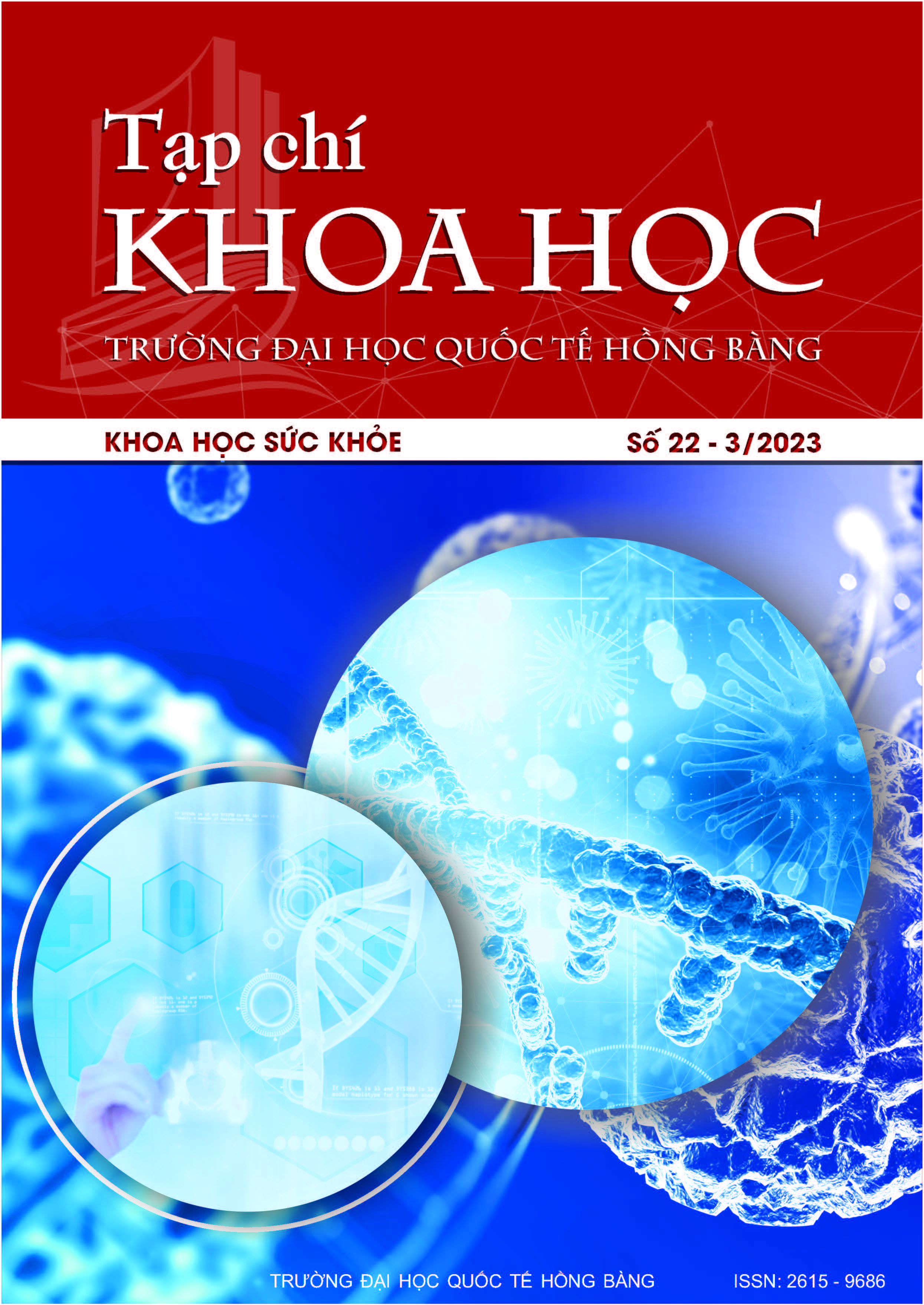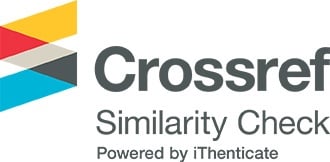Một số loại trái cây đậm màu chứa chất chống oxy hóa - Polyphenol
Các tác giả
DOI: https://doi.org/10.59294/HIUJS.22.2023.305Từ khóa:
polyphenol, trái cây đậm màu, chống oxy hóaTóm tắt
Trái cây màu đỏ, là thực phẩm giàu chất chống oxy hóa, đã trở nên quan trọng trong những năm gần đây đối với người tiêu dùng và nhà sản xuất. Việc chiết xuất công nghiệp các phân tử phenolic từ nguồn này đã được thực hiện với phương pháp chiết xuất dung môi thông thường. Các phương pháp không thông thường mới đã được phát minh ra như những lựa chọn thay thế thân thiện với môi trường cho phương pháp cũ. Do lượng dữ liệu có sẵn quá nhiều, nên chỉ bao gồm các kết quả đề cập đến quả mọng, bỏ qua các bộ phận khác của thực vật như rễ, thân hoặc thậm chí chồi và hoa. Một số nhà nghiên cứu đã thu hút sự chú ý đến hiệu quả của các phương pháp chiết xuất phi thông thường, đạt được kết quả tương tự hoặc thậm chí tốt hơn bằng cách sử dụng các kỹ thuật mới này. Một số thử nghiệm quy mô thí điểm đã được thực hiện, chứng thực khả năng áp dụng các phương pháp thay thế xanh cho quy mô công nghiệp. Quả việt quất (Vaccinium corymbosum L.) và quả việt quất đen (Vaccinium myrtillus L.) nổi lên như những loại quả có hàm lượng và khả năng chống oxy hóa cao nhất. Tuy nhiên, một số loại quả mọng mới và sắp ra mắt đang được chú ý do sự sẵn có trên toàn cầu và hàm lượng anthocyanin tăng cao. Các loại trái cây màu sẫm có chứa một loại polyphenol và chống oxy hóa gọi là axit ellogic cũng có tác dụng bảo vệ tim mạch. Polyphenol hoạt động như chất chống oxy hóa trong cơ thể, giúp bảo vệ cơ thể và trung hòa các gốc tự do gây hại cho tế bào. Các gốc tự do là các phân tử oxy có phản ứng cao được tạo ra bởi các quá trình tế bào bình thường và các yếu tố bên ngoài như bức xạ, ô nhiễm không khí, hút thuốc và tiếp xúc với hóa chất. Các trái cây mà có chứa nhiều polyphenol bao gồm: việt quất, dâu tây, quả mâm xôi, nho, quả anh đào , bưởi, cam, đào, ô liu, lựu…Mục tiêu nghiên cứu nhằm tìm ra một số loại trái cây có hàm lượng polyphenol cao nhằm phục vụ công tác chữa bệnh trong tương lai.Bài viết cho người đọc thêm nhiều góc nhìn về việc lựa chọn trái cây đậm màu dựa theo hàm lượng polyphenol và những yếu tố góp phần như giá cả, độ phủ sóng trên thị trường tiêu dùng hiện nay.
Abstract
Objective: Red fruits, which are antioxidant-rich foods, have become important in recent years for consumers and producers alike. The industrial extraction of phenolic molecules from this source has been carried out with the conventional solvent extraction method. New non-conventional methods have been invented as environmentally friendly alternatives to the old method. Due to the overwhelming amount of data available, only results that refer to berries should be included, ignoring other plant parts such as roots, stems, or even buds and flowers. Several researchers have drawn attention to the effectiveness of nonconventional extraction methods, achieving similar or even better results using these new techniques. Several pilot-scale trials have been carried out, validating the applicability of green alternatives to industrial scale. Blueberries (Vaccinium corymbosum L.) and blackberries (Vaccinium myrtillus L.) emerged as the fruits with the highest antioxidant content and capacity. Dark fruits contain a type of polyphenol and antioxidant called ellogic acid that also has cardioprotective effects. Polyphenols act as antioxidants in the body, helping to protect the body and neutralize free radicals that damage cells. Free radicals are highly reactive oxygen molecules produced by normal cellular processes and external factors such as radiation, air pollution, smoking, and chemical exposure. Plants that contain a lot of Polyphenols include: blueberries, strawberries, raspberries, grapes, cherries, grapefruit, oranges, peaches, olives, pomegranates... The aim of the study was to find some fruits with high levels of phytophenols. High polyphenol content for future medical treatment. The article gives readers more perspectives on choosing dark fruits based on polyphenol content and contributing factors such as price, Internet coverage. current consumer market.
Tài liệu tham khảo
[1] Bentle L. Halvorsen, Kari Holte, Mari. C.W. Myhrstad, Ingrid Barikimo, “A Systematic Screening of Total Antioxidants in Dietary Plants”, Nutrient Requirements, 461-470, 2018.
[2] Sona Skrovankova, Daniela Sumczynski, Jiri Mleek, Tunde Jurikova and Jiri Sochor, Bioactive “Compounds and Antioxidant Activity in Different Types of Berries”, International Journal of Molecular Sciences, 27673-24690, 2015.
[3] Aedin Cassidy, PhD, Kenneth J. Mukamal, MD. Lydia Liu, MSc. Mary Franz, MSc. A Heather Eliassen, ScD and Eric B Rimm, ScD, “A high anthocyanin intake is associated with a reduced risk of myocardial infarction in young and middle –aged women”, NIH Public Access,1-8, 2013.
[4] Vanessa Rios de Souza, Patricia Aperacida Pimenta Pereira, Thais Lomonaco Teodoro da Silva, Liuz Carlos de Olivera Lima, Rafaelo Pio, Fabiana Queiroz, “Determination of bioactive compounds, antioxidant activity and chemicalcomposition of Brazilian blackberry, reraspberry, strawberry”, Blueberry and sweet cherry fruits, 2009, 270-277, 2019.
Tải xuống
Tải xuống: 368











